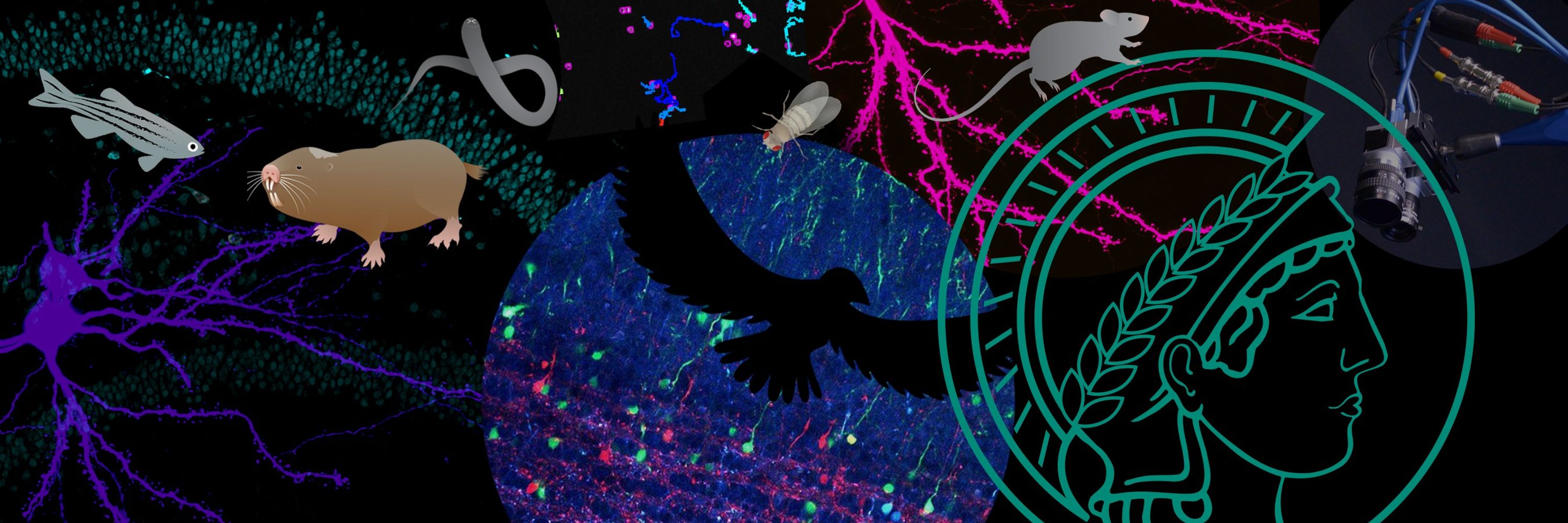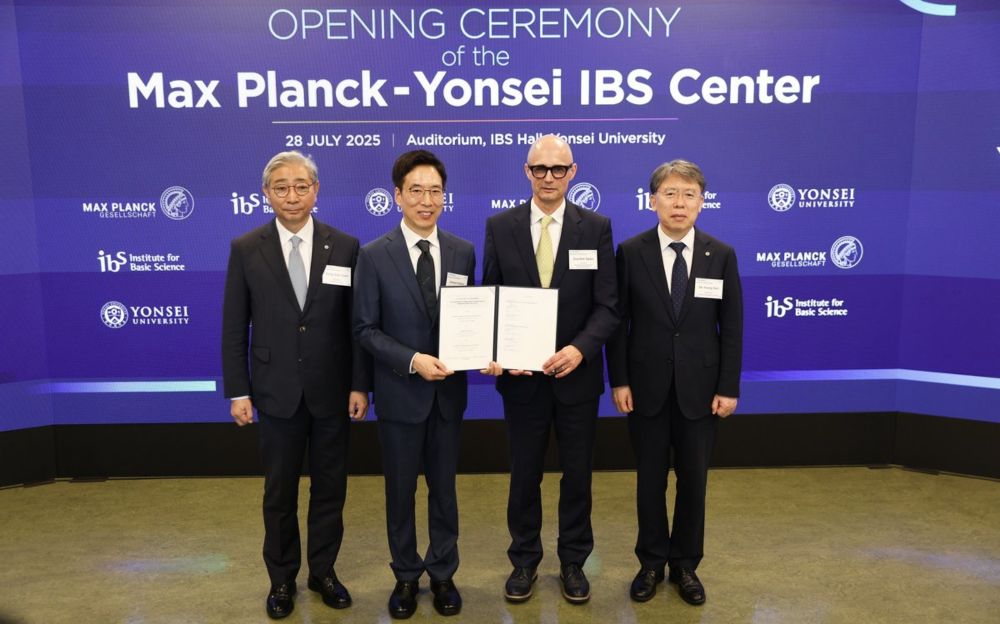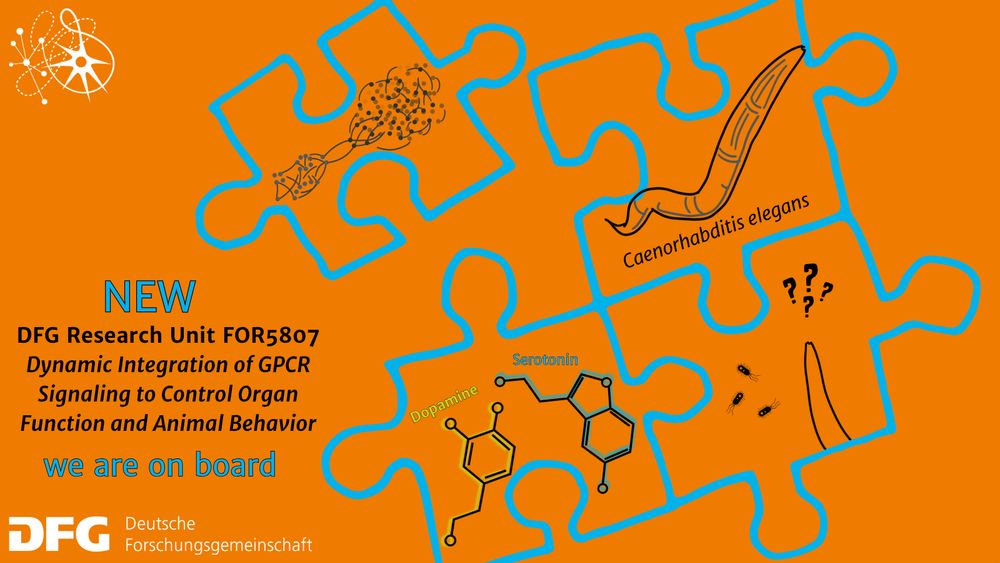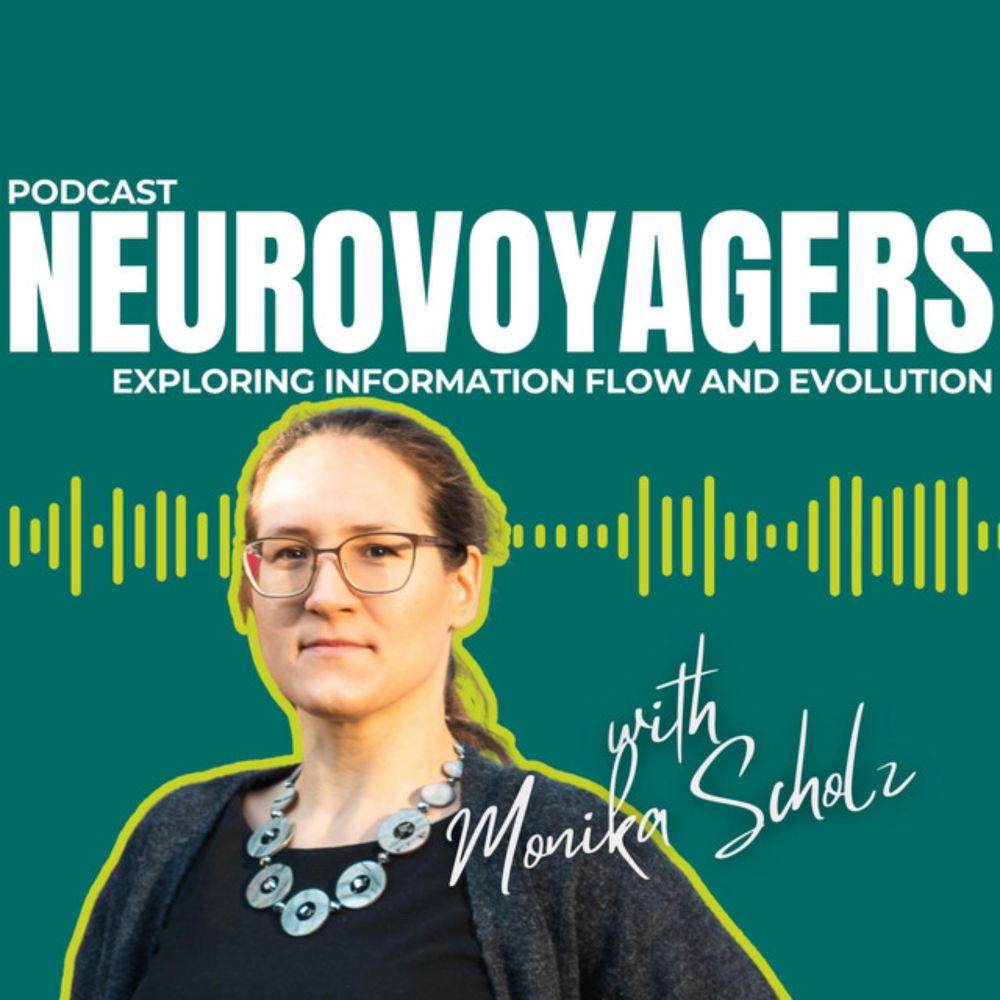Max Planck Institute for Neurobiology of Behavior – caesar
@mpinb.mpg.de
510 followers
110 following
40 posts
Interdisciplinary #BasicResearch on how the collective activity of #neurons gives rise to the plethora of #animalbehavior.
Imprint: http://mpinb.mpg.de/im
Posts
Media
Videos
Starter Packs
Reposted by Max Planck Institute for Neurobiology of Behavior – caesar
Reposted by Max Planck Institute for Neurobiology of Behavior – caesar
Reposted by Max Planck Institute for Neurobiology of Behavior – caesar
Reposted by Max Planck Institute for Neurobiology of Behavior – caesar
Reposted by Max Planck Institute for Neurobiology of Behavior – caesar
Reposted by Max Planck Institute for Neurobiology of Behavior – caesar
Reposted by Max Planck Institute for Neurobiology of Behavior – caesar
















